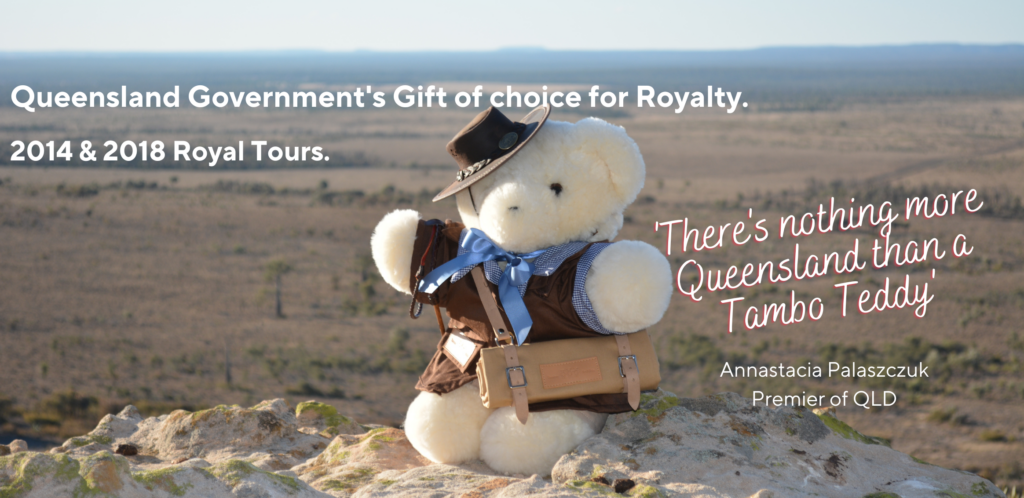Aussie Bears – stitched into our cultural fabric.
While teddy bears have a long and storied history worldwide, they also hold cultural significance in Australia.
Teddy bears arrived in Australia shortly after their creation in the early 20th century (1902). The concept of the teddy bear was introduced to Australia through European and American connections. Teddies quickly gained popularity in Australia, just as they did in many other parts of the world. Becoming cherished toys for Australian children.
Fideston Toy Factory was the first Australian commercial teddy bear manufacturer and was setup by Richard and Louisa Fiddes in Bunbury, Western Australia. They produced teddy bears and other stuffed toys from 1917 – 1942. Another early adopter and reportedly the most prolific was Joy Toys in Melbourne in 1923.
The earliest bears produced were fully jointed, from fine quality English mohair, stuffed with wood wool, and had twill pads with four-foot claws. The eyes were glass, of the best quality. As German bears had been the predominant imports, the early Joy Toys bears closely resembled the German bears.
In 1946, the Joys Toys firm in Whangerei, New Zealand, was taken over by a British company and continued to make teddy bears and other soft toys and animals. The removal of tariffs on imported toys flooded the market with cheap imports from Asia. This made it impossible for Joy Toys to compete successfully. After attempting to stay in business with a range of cheaper quality toys, it was forced to close in 1976.
Australia, like it’s European counterparts, has a rich tradition of teddy bear craftsmanship. Many Australian artisans and crafters have produced high-quality teddy bears over the years, contributing to the global teddy bear tradition. Teddy bears hold special significance in Australia as beloved childhood companions and symbols of comfort and nostalgia. They are often associated with fond memories of childhood and play.
Teddy Bears continue to fascinate both young and old Australians. Teddy bear collecting has been a popular hobby in Australia for many years. Collectors often seek out rare or vintage bears, including those made by Australian artisans.
Teddy bears are also used in Australia for charitable purposes. Many organizations use teddy bears to comfort and provide support to children in need, particularly in hospitals and crisis situations, including the Royal Flying Doctor Service. Young patients are handed a care bear to cuddle on a RFDS flights. The bear serves as an emotional aid to distract a child’s attention from the immediate, distressing situation.
One notable contribution to the teddy bear tradition in Australia is of course, Tambo Teddies. Founded in 1992 in Tambo, Queensland, Tambo Teddies specializes in handcrafted, Australian-made teddy bears using Australian wool. These teddy bears are not only cherished by locals but have also gained international recognition.
Overall, teddy bears in Australia share a cultural significance similar to that in other parts of the world. They represent the enduring bond between childhood and adulthood, offering comfort, nostalgia, and a sense of playfulness to people of all ages. The presence of Australian teddy bear artisans, collectors, and initiatives like Tambo Teddies reflects the ongoing appreciation for these beloved stuffed animals in Australian culture.








